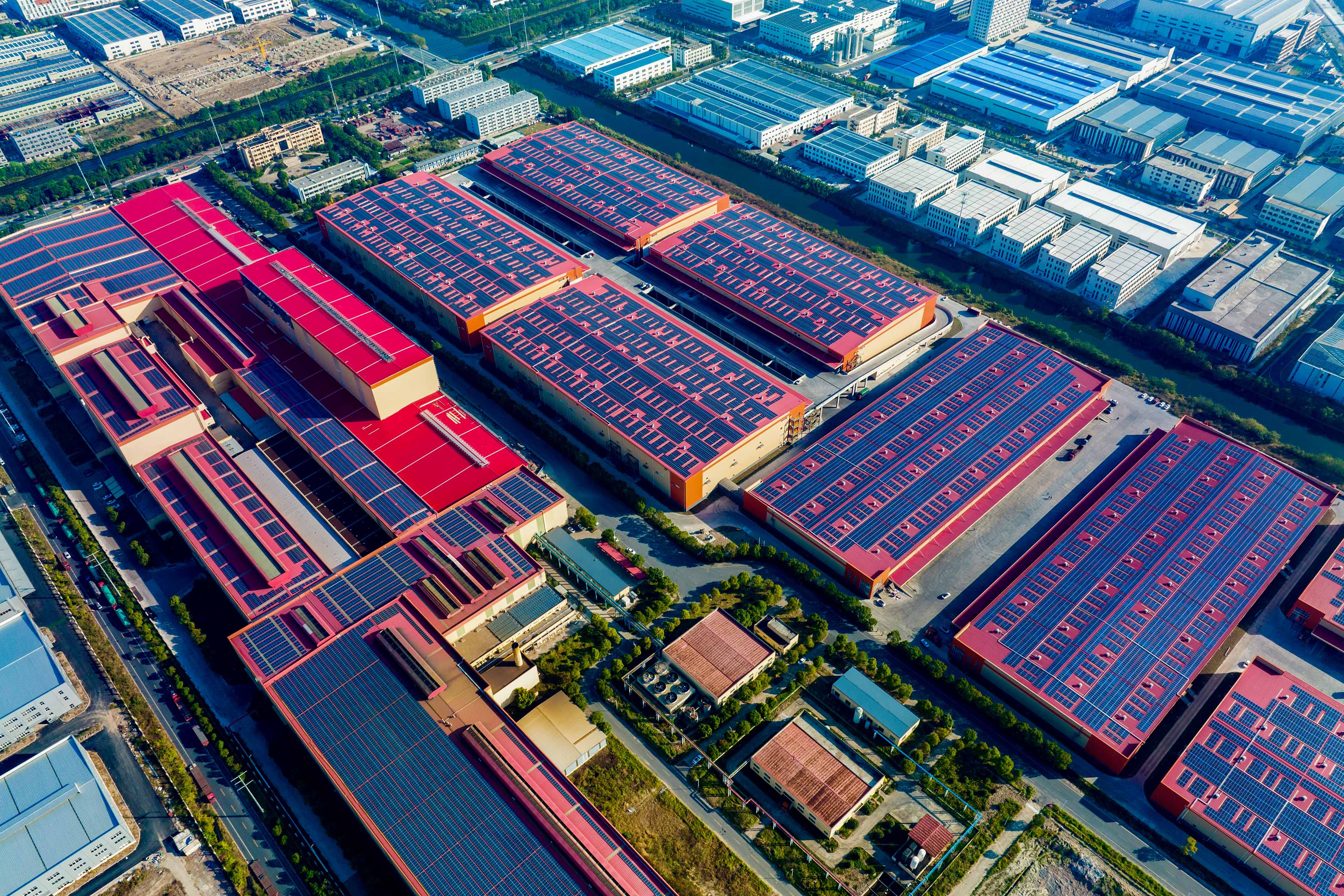The trends present challenges and opportunities, for both CP companies and retailers. Companies in both sectors will be squeezed between inflationary costs — from transportation to labor — and weakening demand as consumers become more sensitive to rising prices and interest rates.
To compete effectively, brands need to reinvent their relationship with consumers, who are seeking meaningful differentiation from the companies they buy from, not just brand promises. Their products need to tell a story that shows how they can have an impact in areas that matter to consumers, such as health and wellness, higher-quality ingredients or sustainable environmental impact.
With the access today’s consumers have to multiple shopping channels and vast information sources, it’s important for companies to be visible. Retailers have physical stores, but digital channels are available to all, and CP companies can benefit from developing independent channels such as direct-to-consumer.
Companies that combine these efforts with changes to improve efficiency, such as creative uses of technology, can gain a competitive edge. Digital solutions are especially important because they can be the basis for significantly improving consumer relationships.
Consumer products: Connect with consumers with value adding strategies
In past recessions, many CP companies pulled back on marketing and advertising spending to cut costs. Those that did this, however, found that their smaller “share of voice” hurt brand awareness and market share once the economy picked up again.
Savvy competitors maintained their marketing spend and were able to gain market share in many cases. For many companies, the lesson is to resist the temptation to cut marketing expenditures, and, where possible, hold marketing and advertising budgets steady or even increase them to grow share of voice.
As companies invest in their brand, they will need to think carefully about their message to get the most from their advertising budget. Organizations need to align their approach with consumer values such as the demand for greater authenticity and transparency, personalization, emphasis on health and the environment, convenience and value. Instead of cutting prices, companies can add value to product portfolios through a combination of product innovation and premiumization with strategies that create opportunities to connect with consumers and their evolving expectations.






